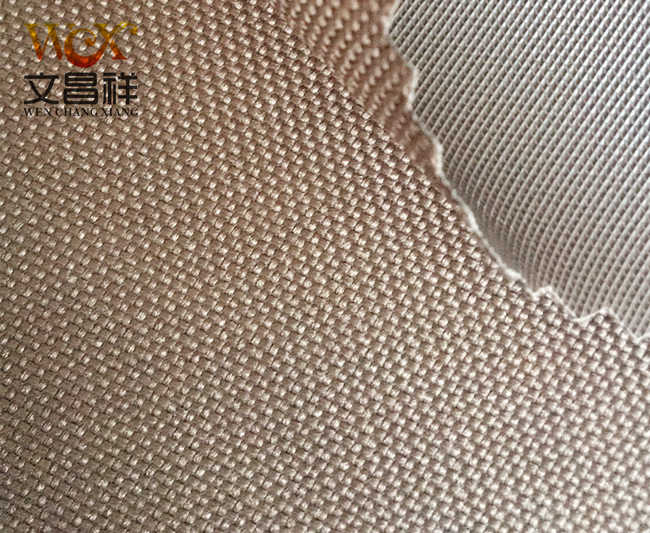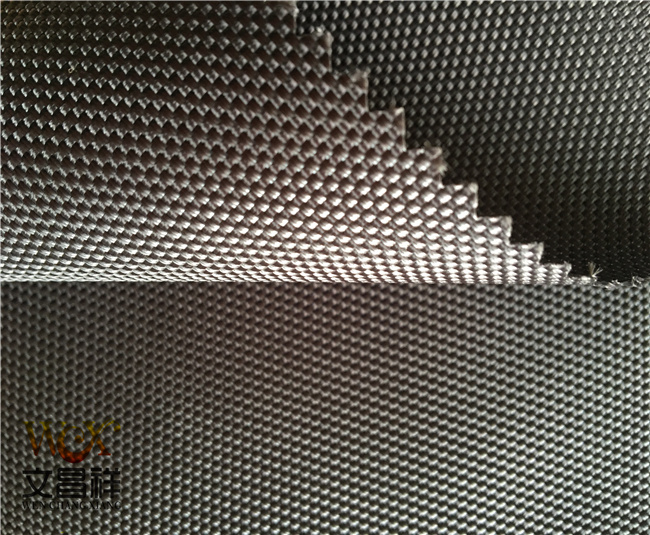In the 1900s, a small group of maverick students at Oxford University designed and processed combed cotton fabrics on their own. This fabric showed a two-color effect, with harmonious and quiet colors, good breathability, and comfort and nature. Driven by this, the fabric became exclusive for Oxford University uniforms, and then became popular in Europe and the United States for hundreds of years. It is known as Oxford textile and Oxford cloth in the world. Oxford cloth is not a type of raw material, but a weaving method, which refers to the overlapping order of horizontal and vertical cotton yarns during weaving. Oxford cloth fabric was originally designed for sports and is a casual fabric.

Oxford cloth in D The higher the number, the stronger the quality. The larger the D number, the thicker the silk, the thicker the finished fabric, and the higher the wear resistance. On the contrary, the finer and thinner the fabric, the less wear-resistant. At the same time, Oxford cloth is also resistant to scratches. The fabric will not easily leave marks after being scratched or rubbed. It can still maintain its original appearance after frequent and long-term use. It is not easy to fade. The fabric generally does not shrink and is very simple to take care of.

Oxford cloth is a common new fabric on the market that is widely used and has multiple functions. At present, the fabrics we see on the market include plaid Oxford cloth, full-elastic Oxford cloth, nylon Oxford cloth, Tig Oxford cloth, etc.
Oxford cloth specifications: 1680D, 1200D, 900D, 600D, 420D, 300D, 210D, 150D, etc.
Oxford cloth functional classification: flame retardant Oxford cloth, waterproof Oxford cloth, PVC Oxford cloth, pu Oxford cloth, camouflage Oxford cloth, fluorescent Oxford cloth, printed Oxford cloth, composite Oxford cloth, etc. </p








